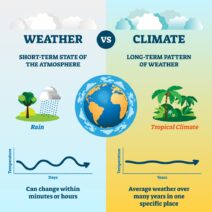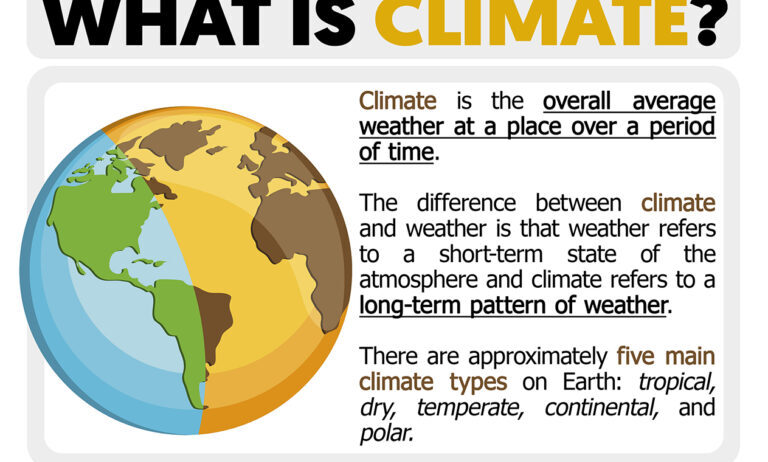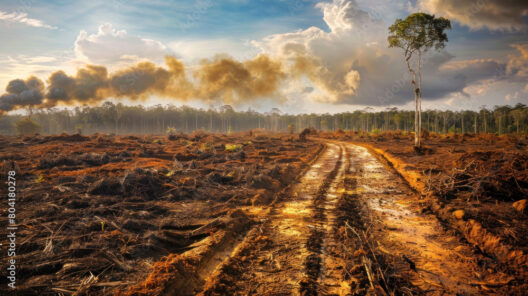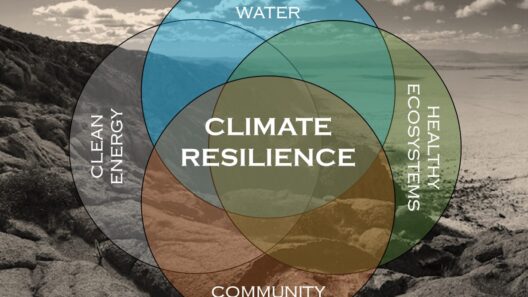The term ‘climate’ is frequently brushed over in everyday conversations, often relegated to the realm of weather reports or alarming headlines about global warming. However, to grasp the full extent of its significance, we must delve deeper into its definition and implications. Climate, in its simplest form, is concerned with the long-term patterns and averages of weather in a particular region over extended periods—usually 30 years or more. But the term encompasses much more than simple averages; it embodies the equilibrium of temperature, precipitation, and atmospheric conditions intrinsic to different geographic locales.
An essential component of understanding climate is recognizing its multifaceted nature. Unlike weather, which can fluctuate dramatically from day to day, climate represents a consistent tapestry woven from the threads of time and environmental interactions. It begs the question: How do various elements, such as topography, latitude, and ocean currents, culminate in a specific climate profile? Moreover, climate is not static. It is shaped by both natural phenomena—like volcanic eruptions and solar cycles—and anthropogenic influences, the latter being a poignant factor in discussions today.
When we investigate the different types of climates, we encounter a vast array of classifications, from tropical and arid zones to temperate and polar climates. Each classification reveals not only temperature ranges but also implications for biodiversity, agriculture, and human livelihood. For instance, tropical climates, characterized by high temperatures and significant rainfall, host some of the planet’s most biodiverse ecosystems, providing habitat for an array of flora and fauna. Conversely, arid climates often present serious challenges for agriculture, necessitating inventive adaptive strategies for water usage and crop selection.
Furthermore, the geographical distribution of climates can be attributed to Earth’s axial tilt and its orbit around the sun. This interplay results in varied solar insolation, which profoundly influences temperature and precipitation patterns. Such knowledge is invaluable for those invested in agriculture, urban planning, and disaster preparedness. A nuanced understanding of climate aids in devising strategies to combat the adverse effects of climate change—a pivotal concern for every inhabitant of this planet.
Climate also has a significant psychological dimension. The emotional resonance of climate is often mediated through cultural narratives and societal values. How communities engage with their environment speaks volumes about their resilience and adaptability. In regions plagued by climate instability—like flooding in Bangladesh or drought in Sub-Saharan Africa—climate is not merely a backdrop but a central player that dictates the rhythm of daily life. Hence, to understand climate is to appreciate the human experience woven into its fabric. The implications for policies concerning public health, infrastructure, and economic stability are immense.
An examination of climate would be incomplete without discussing climate change, a term that conveys urgency and necessitates introspection. Scientists have established that the Earth’s climate is warming, primarily due to increased levels of greenhouse gases in the atmosphere—a byproduct of industrial activity, deforestation, and agricultural practices. But what does this mean for average citizens? The consequences are profound, manifesting as erratic weather patterns, rising sea levels, and shifting ecological zones. Individuals not only witness these transformations; they experience them through increasingly frequent natural disasters, which devastate livelihoods and challenge our societal fabric.
Nonetheless, even as climate change poses a menacing threat, it also catalyzes innovation. Standing at this crossroads, humanity faces an opportunity to revolutionize energy consumption, innovate sustainable practices, and foster cooperation across borders. The conversation around climate is evolving, challenging us to rethink our methods of living and enriching our communities sustainably. By embracing renewable energy sources, reforestation initiatives, and sustainable farming techniques, society can begin to mitigate the adverse effects of climate change while simultaneously enhancing the quality of life.
Yet, to commit to this path requires a definitive shift in perspective. Recognizing that climate is not merely an abstract concept but a living, breathing element closely connected to human existence urges individuals to act. This infusion of urgency can ignite a collective consciousness where individuals become more cognizant of their carbon footprints and their roles within a broader ecological framework. Are we not beholden to future generations to maintain the rich tapestry of climate diversity we have inherited?
In summary, the definition of climate transcends simplistic interpretations. It is a complex interplay of long-term weather patterns influenced by natural and human-made factors. Understanding climate necessitates grappling with the broader implications of our actions on a global scale. By embracing the complexities and fostering a sense of curiosity and responsibility, we can catalyze change—championing a world where climate science informs policy decisions, community practices, and individual actions alike. As we stand on the brink of this pivotal era, the choices made today will resonate through the ages, molding the intricate weave of tomorrow’s climate landscape.







